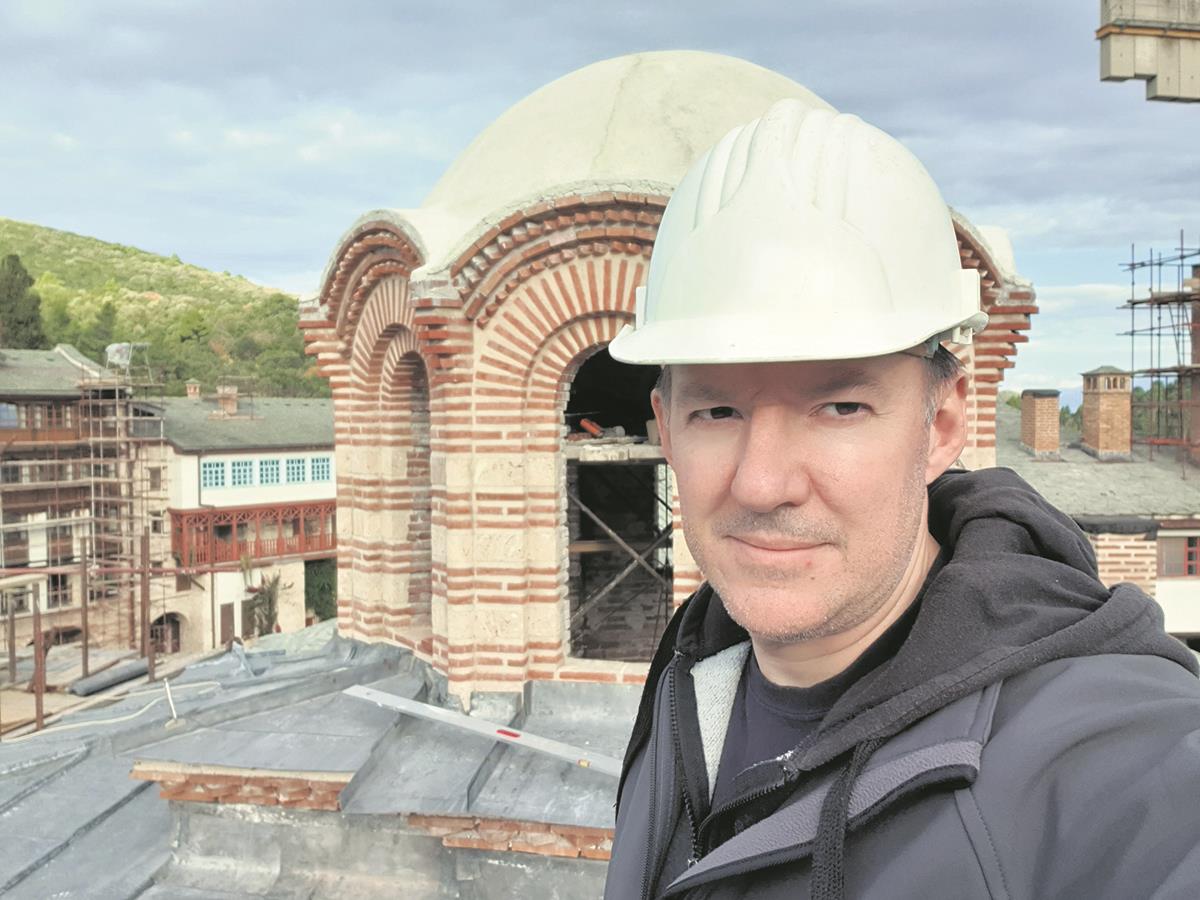Following the fire at the Hilandar Monastery, restoration work began immediately with the goal of removing scaffolding from the monastery walls by mid-year. Architect Dragomir Krivokuća, head of the restoration, explains that the work depends on approvals from Greek authorities and that the full reconstruction will take longer than this year. The restoration plan includes repairing damaged and old structures, improving infrastructure, and developing the monastery’s economy through projects involving olive groves, vineyards, and orchards. A shortage of skilled workers and challenging working conditions slow down the progress. All work is challenging due to the age of the buildings and weather conditions, with the aim to make the monastery self-sufficient and secure for the future.
Political Perspectives:
Left: Left-leaning reports emphasize the cultural and historical significance of the Hilandar Monastery and the importance of preserving heritage. They highlight the challenges faced by workers, including labor shortages and the need for sustainable development of the monastery’s economy. The narrative often includes calls for better support and funding for restoration efforts and respect for the monastery’s autonomy under Greek law.
Center: Center-leaning coverage focuses on the factual progress of the restoration, the technical and bureaucratic challenges involved, and the cooperation between Serbian and Greek authorities. It presents a balanced view of the difficulties such as worker shortages and regulatory constraints, while emphasizing the importance of the monastery as a religious and cultural site. The economic development projects are noted as practical steps towards sustainability.
Right: Right-leaning narratives stress the national and religious importance of the Hilandar Monastery as a symbol of Serbian heritage and Orthodox Christianity. They may emphasize the need for stronger Serbian involvement and support in the restoration process, sometimes expressing frustration with Greek regulations. The economic projects are framed as ways to ensure the monastery’s independence and future security, with a patriotic tone highlighting the monastery’s role in Serbian identity.


















